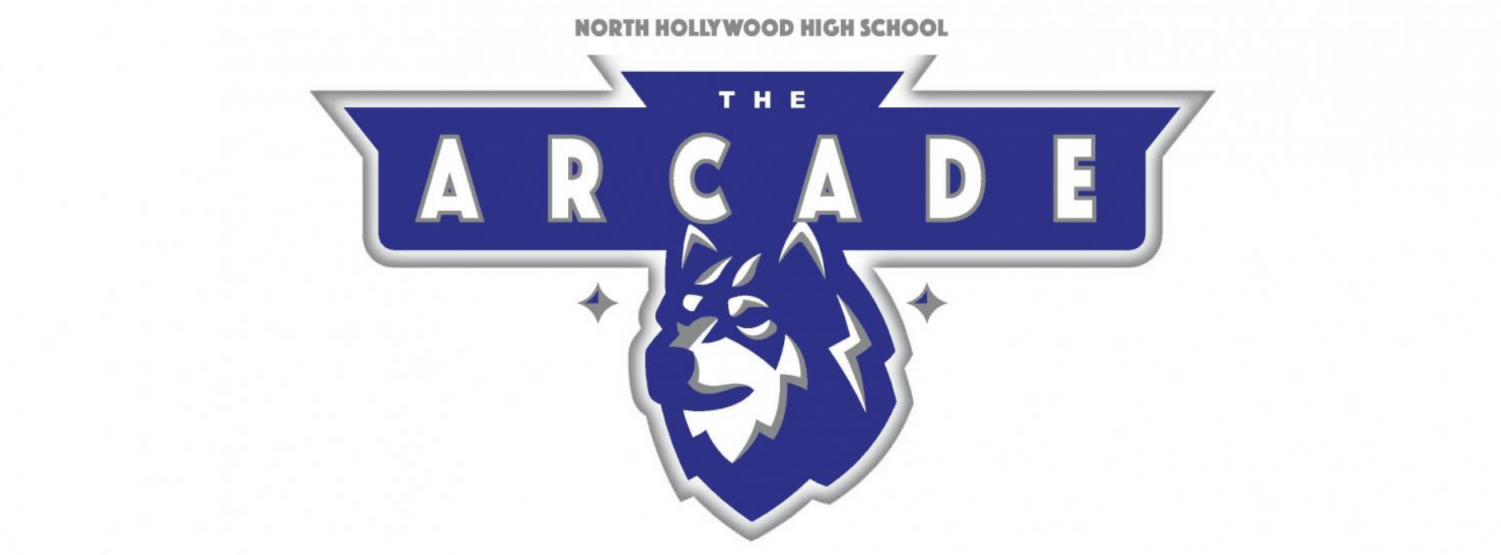How School Lunch Has Changed Over the Years
Over the years school lunch has constantly been evolving. Over the past decades the options given have drastically changed if compared to the 1900’s to present day.
They have gone from not having school lunches, to unhealthy options, too healthy and eventually to what we have today.
School lunch was something that did not exist at the start of the 20th century. Students had to go home, eat and come back; packing a school lunch was not a priority back then.
However, over the years businesses and politics heavily influenced and shaped the school lunch system that we have today.
Michelle Gonzalez a Senior at North Hollywood expresses “I can’t imagine not having school lunches, back then our alimentation was not a priority, I’m glad we have that nowadays, it would be hard for many if lunch systems had not been implemented.”
During the 1910’s lunch programs rose which began offering three-cent meals. Although it was a start, children weren’t being offered much. Their meals consisted of Pea soup, lentils, or rice and a piece of bread.
Considering the efforts to provide food to school children, concerns about malnutrition and hunger were still a large problem amongst American children.
During the 1930’s the Federal government authorized the U.S department of agriculture to buy a surplus from food farmers and to funnel it into school lunch programs, due to the wake of the great depression.
More meat was offered in school lunches, this was a start however many pushed for more balanced meals as a more nutritious option for children. These options being fruits, like apples and vegetable soups.
As the years went by, all states in the U.S had federally supported lunch programs by the 1940’s. These programs still relied on agricultural surplus.
By the 1950’s school lunches had become a $415 million dollar business, private companies began contracting with school districts.
Vanessa Rosales , a senior at north Hollywood expresses her concerts for the previous nonexistent lunches offered by schools, however “It’s amazing how quickly business grew from providing food to districts, school lunch went from being unconsidered to a booming business”
Ethnic foods were introduced in the school lunch menus in the 1960’s. These foods consisted of pizza, enchiladas, chile with carne etc. These foods can still be found in modern day cafeterias.
All food being offered until this point could still be pointed in the direction of home made goods although not the healthiest children were still being offered varieties.
Despite this, fast food took over school cafeterias during the 1970’s. Healthy options didn’t stand a chance against fast food, Kentucky fried chicken, burgers from McDonalds, french fries, chips and candy bars were extremely popular.
Guidelines were set that school lunches had to provide a “minimum nutritional value”.
School lunches By the 1980’s the nutritional guidelines classified ketchup as vegetable, this was response to budget cuts made in the school lunch systems. Nutrition value was hardly being implemented onto these lunches during these years.
Chicken nuggets, cheeseburgers, pizza and other unhealthy options were always on the menu, as well as other unhealthy dessert options.
Favio Ugarriza, a Senior at North Hollywood expressed how he can not believe how unhealthy school lunches used to be.
“I knew school lunches have not always been the healthiest, however it getting to the point where ketchup was considered a vegetable, now that is concerning. I’m glad more regulations have been implemented to prevent health issues in students and that healthier options are now offered in current day school.”
By 2005 all schools offered fast food in their cafeterias, this caused conflicts among school districts because of the rising obesity rates that came along from this. Although this was a rising issue, school districts needed the revenues offered from huge companies such as Pepsi and Mcdonalds.
This issue continued for a few years. It wasn’t until 2010 that President Barack Obama offered the Healthy Hungry Free Kids Act. This reconstructed the federal lunch programs standards.
It is known that kids’ nutrition and fitness was a primary concern for the first lady, Michelle Obama. With her help, the reconstruction of lunch nutrition values greatly changed.
Schools now offer a variety of balanced nutritional meals yet enjoyable school lunches. These being turkey hotdogs, fruits, milk, and vegetables.
Although healthy options have been implemented onto lunch menus, foods that are considered unhealthy still roam in that menu.
Our current lunch menus do consist of pizza, coffee cakes, dumplings, chicken, which can all be found at North Hollywood High School.
School lunches have been altered through the decades and will continue to do so. They have risen from nothing to becoming a billion dollar business. The hopes are that school lunches move forward in nutritional value, and variety continues to be a part of it.
Your donation will support the student journalists of North Hollywood High School. Your contribution will allow us to purchase equipment and cover our annual website hosting costs.
"I am a senior at NHHS and a member of SAS."
